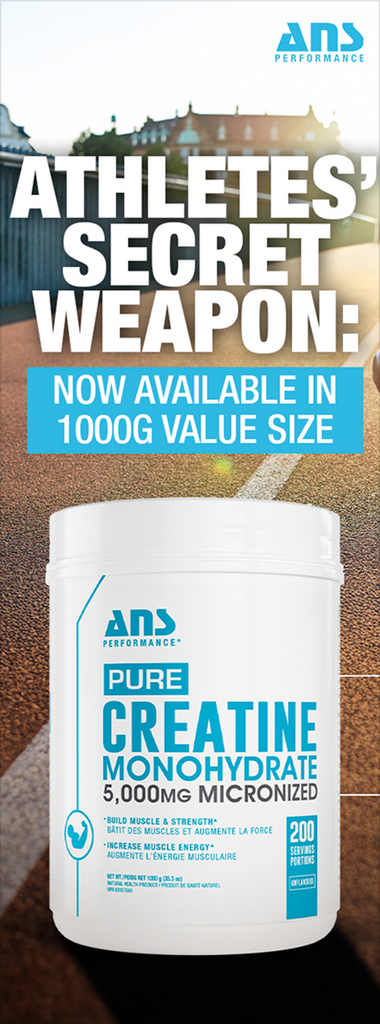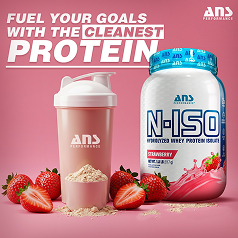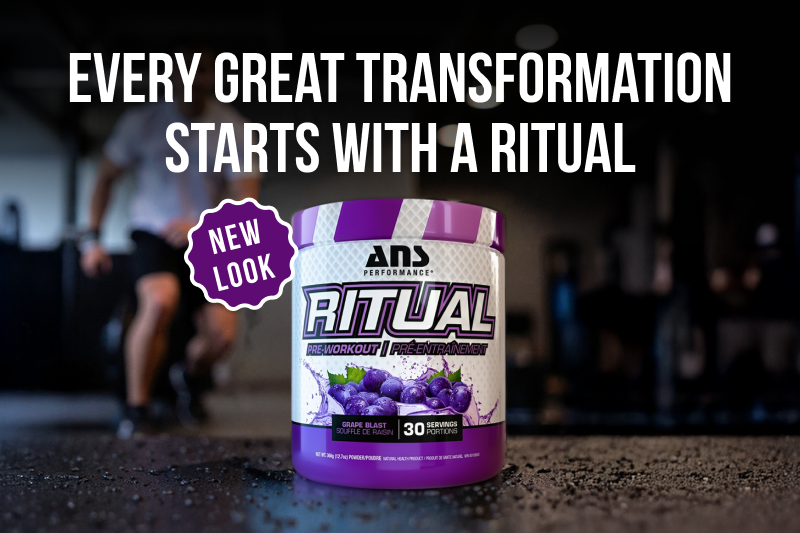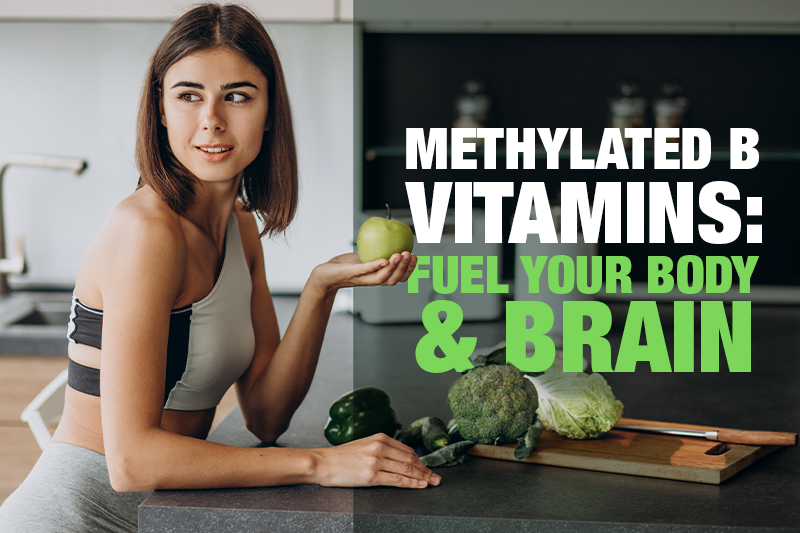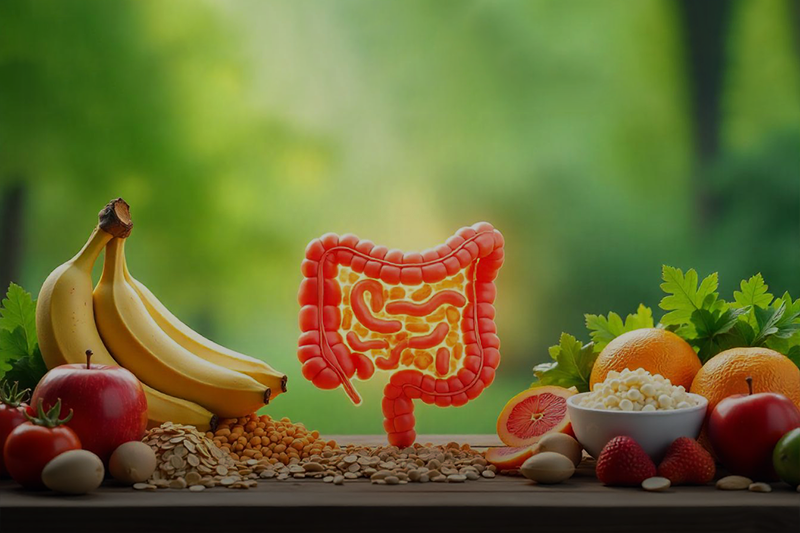

They’re on the packaging of just about every processed food product you buy, but few people use or even fully understand nutrition labels. Ever since they were introduced over 25 years ago, athletes and nutritionists have had a love/hate relationship with the labels. On one hand, they offer valuable nutritional information. On the other, the information can be confusing and many people feel it that key information is missing.
If you’re trying to lose weight, tone your body or build muscle, there are a few parts of the label of particular concern. But by learning more about them, you can get the information you need to make better choices and optimize your workouts.
1. Serving Sizes
The “serving size” listed on the label is the quantity of food that contains the nutrients listed on the nutrition the label. The serving size is not always – in fact, almost never – the same as the contents of the package. The biggest mistake people make when reading nutrition labels is to think that what’s listed on the label is what’s actually inside the package. Make sure you read the serving size before trying to determine the nutrients in the entire package.
The other problem with the listed serving sizes is that they are not consistent from one product to another, not even for similar products. So if you’re trying to find a variety with the most protein, you’ll probably have to do a little math to make sure you get an accurate comparison.
2. Sugar
Maybe you’re looking for a hit or maybe you’re trying to avoid it, but the story of sugar and nutrition labels is an interesting and frustrating one.
Nutrition labels show a “% Daily Value” for all but two of the nutrients listed on them. The two exceptions are Protein and Sugar. The amount of protein you can safely consume depends on your body weight and fitness level, so it’s impossible to list a single daily value.
Sugar, on the other hand, can have a recommended daily intake, but none is listed on nutrition labels. Why? When the labels were first introduced in the U.S., from where we got the guidelines for Canadian nutrition labels, high-powered lobbyists for the sugar industry made sure a daily value for sugar was not included. Also, many of the negative health effects of excessive sugar consumption were not documented at the time.
While the Canada Food Guide still does not list a recommended daily sugar consumption level, the Heart & Stroke Association and the World Health Organization (WHO) say we should limit our consumption of added sugar (the sugar added to processed foods and what you put in your coffee) to no more than 10% of our daily calorie intake. The WHO says 5% would be better.
The 10% level translates to about 50 to 60 grams of sugar per day – or 12 to 15 teaspoons.
On average, Canadians eat 26 teaspoons of sugar per day.
One more issue with sugar on nutrition labels: sugar or its equivalents can appear n ingredients under any of about 60 different names, including barley malt, corn syrup and fructose, which may or may not be included in the sugar count on the nutrition label.
3. Sodium (Salt)
You need salt to live. It is an essential nutrient, which means you must get the salt you need from the food you eat. Salt helps maintain fluid levels and is essential to normal muscle function. If you did not get enough salt, your heart would literally stop.
What most people don’t realize is how little salt we need each day: less than one teaspoon. Health Canada recommends that adults consume about 1500 mg of salt per day as an “adequate intake” (AI) and that we should not consume more than an Upper Limit (UL) of 2,300 mg per day.
Where the % Daily Value listed for salt on nutrition labels is deceiving is that it is a percentage of the UL of salt, not the AI. So if a label says the serving size will deliver 25% of your recommended daily intake, four servings would put you at the UL for salt consumption for the day.
One More Bit About Salt: On average Canadians consume about 3,400 mgs of salt per day, or over 200% of the recommended AI.


